HR/FB Rate: More than just Batted Ball Speed
As I wrote earlier this year, new baseball data continues to emerge yearly, continually granting us insight into a player's core skill/ability. Fangraphs.com among others, has been instrumental in bringing that quality data into a new era. When batted ball speed (BBS) on homeruns was first introduced to us by Greg Rybarczyk over at Hittrackeronline.com, it marked a turning point in the quality of data being fed to our Sabermetric generation. Indicators such as HR/FB rates were suddenly no longer looked at as blanket averages. We found that each hitter uniquely contributes to their HR/FB rates, and their batted ball speed plays a big part in that.....but as it turns out there's more to the picture for this indicator. Data such as quality/frequency of contact and location of contact are helping us redefine what we once accepted as stats based on happenstance.
Let's start with batted ball speed on HRs. I am often asked how BBS is distributed with HR/FB rates. Below is a chart listing the average HR/FB rate based on BBS ranges (every hitter who hit over 10 HRs in 2015):
| HR BBS Range | HR/FB | |
| 107.0 | 108.0 | 26.0% |
| 106.1 | 107.0 | 18.9% |
| 105.6 | 106.0 | 16.9% |
| 105.1 | 105.5 | 14.5% |
| 104.6 | 105.0 | 15.4% |
| 104.1 | 104.5 | 17.6% |
| 103.6 | 104.0 | 14.7% |
| 103.1 | 103.5 | 14.0% |
| 102.6 | 103.0 | 14.1% |
| 102.1 | 102.5 | 14.1% |
| 101.1 | 102.0 | 12.1% |
| 100.0 | 101.0 | 11.0% |
The relationship is obvious: The hitters that have a higher batted ball speed, tend to have a higher HR/FB rate. No surprises here. However the incremental change or increase in BBS is not linear to the increase in HR/FB rates, especially near the top end of the range. What this means is essentially, there's not a "for every X increase in BBS MPH, there is a Y increase in HR/FB rates". In fact what the data shows is that within the 102 to 105.5 BBS range, is a very slight increase in HR/FB rates. Without knowing anything else, we know that there are other factors at play, and even so if it were strictly based on BBS, the top end starts becoming exponential. From a statistical standpoint, the correlation (or R squared) last year between HR/FB rate was approximately .30. Not overwhelming, but clearly a pattern relationship. But again, clearly there are other factors to consider other than BBS in determining HR/FB rates.
One of these factors is Stadium variance. It's widely known that certain ballparks have a clear advantage for hometown players, and some ballparks are a disadvantage for others. To no one's surprise ballparks in Colorado, Cincinnati, Texas, and Milwaukee are among the leaders in upward HR/FB variance. These ballparks offer a 10-15% increase in HR/FB rates. And this variance helps explain the outlier we see in the 104.1 to 104.5 BBS range above. Players in this grouping have the highest stadium factor among all ranges listed. Players in this group include Corey Dickerson, Todd Frazier, and Ryan Braun. Keep in mind it's a very small subset with only 15 players in this range, so it doesn't take much to affect rates, and sure enough the ballpark inflation among this range made it's presence felt. From a statistical standpoint, the correlation (or R squared) last year between Stadium and HR/FB rate was approximately .10. A slight correlation, but part of a bigger picture.
Another factor to consider is directional location, in this case Pull%. However here's where it gets a little tricky. Although pull % is related to HR/FB rate, the relationship tends to have a more positive impact for hitters with slower BBS. Hitters with higher HR/FB rates don't need to pull the ball to hit HRs, they can hit the ball out in any direction because of their superior batted ball speed. So although pull % is related, it's more of a factor for those hitters that have a average BBS. Hitters in the 102-103 BBS range. An example of 3 hitters within this range, who have elevated HR/FB rates, which can be attributed in part to a higher pull% are: Brian McCann (15% HR/FB rate - 50 pull%), Mark Teixeira (23% HR/FB rate - 56 pull%), Ryan Howard (19% HR/FB rate - 48% pull%). Although their batted ball speed doesn't correlate in the traditional means to an elevated HR/FB rate, their ability to pull the ball does add leverage to their HR/FB rates. From a statistical standpoint, the correlation (or R squared) last year between Pull % and HR/FB rate was approximately .26. Again not overwhelming, but a key ingredient in our multiple regression model.
The final data collection I present is quality of contact, in this case Hard Hit observations. Baseball Info Solutions has done a meticulous job of charting quality of contact, and assigning them into 3 categories: Soft Hits / Medium Hits / Hard Hits. Obviously, the harder the contact, the better. Players with a higher Hard Hit% tend to have both a higher BABIP, and of course a higher HR/FB ratio. In some cases this hard hit rate has more bearing on the HR/FB rates than does HR BBS. Consider the likes of the following players, who have an average BBS on HRs is in the norm 102-103.5 range, but have a Hard Hit rate which is considerably above the 28% average:
| Player | BBS | HR/FB | Hard% |
| Matt Kemp | 103.5 | 14.3% | 0.41 |
| Bryce Harper | 103.1 | 27.3% | 0.41 |
| Kyle Schwarber | 103.5 | 24.2% | 0.40 |
| Joey Votto | 102.5 | 21.6% | 0.38 |
| Kris Bryant | 103.5 | 15.8% | 0.38 |
| Curtis Granderson | 103.2 | 14.3% | 0.37 |
| Justin Smoak | 103.1 | 25.4% | 0.37 |
| Adrian Gonzalez | 102.2 | 16.4% | 0.36 |
All have a HR/FB rate that is considerable above the norm 10.7 HR/FB rate, and our regression analysis shows that the biggest correlation for these players is their ability to consistently hit the ball hard.
What this says, in a nutshell, is that having a higher than average BBS average on your HRs is great, but that's not necessarily going to guarantee a high HR/FB rate if you are making hard contact less than 28% of the time. In the example above, these players are hitting the ball with authority more often than players like Evan Longoria, who had a superior BBS on HRs of 105.2, but his frequency of hard contact was slightly above average last season at 31% last season, which makes his average 10.7 HR/FB rate slightly under represented but understandable (couple this with the fact that his home ballpark has a 6% lower HR/FB rate). From a statistical standpoint, the correlation (or R squared) last year between hard Hit % and HR/FB rate was approximately +.66! For those who may not be statistics majors, the regression range is -1 to +1, with a +1 being a perfect fit. A .66 with P and F values in acceptable ranges, is pretty exciting.
But it doesn't end here, there are other indicators in our HR/FB model such as zone command contact rates, and ability to hit secondary pitches, that play into our regression model...but in fear that I may be getting to mundane, I'll leave that for another article. Let's move on to the juicy stuff.
Here are 10 players who posted a less than expected HR/FB rate in 2015, and the projected rate that our model says they'll come closer to in 2016. Do consider that each 1 % can be considerable for hitters that are Fly ball oriented:
| Name | 2015 HR/FB | Projected HR/FB | Change |
| Andrew McCutchen | 13.6% | 17.5% | 3.9% |
| Matt Kemp | 14.3% | 17.4% | 3.1% |
| Mark Trumbo | 14.5% | 17.5% | 3.0% |
| Brian Dozier | 13.1% | 15.7% | 2.6% |
| Lucas Duda | 15.9% | 18.5% | 2.6% |
| Curtis Granderson | 14.3% | 16.9% | 2.6% |
| Jay Bruce | 13.3% | 15.9% | 2.6% |
| Chris Carter | 18.9% | 21.5% | 2.6% |
| Kris Bryant | 15.8% | 17.9% | 2.1% |
| Justin Upton | 15.2% | 17.1% | 1.9% |
Here are 10 players that posted a more than expected HR/FB rate in 2015, and the projected rate that our model says they'll come closer to in 2016. Keep in mind that many of these players have a higher than norm Hard Hit%, but their 2015 HR/FB% was still above their expected:
| Name | 2015 HR/FB | Projected HR/FB | Change |
| Nelson Cruz | 30.30% | 16.50% | -13.80% |
| Pedro Alvarez | 32.50% | 21.40% | -11.10% |
| Bryce Harper | 27.30% | 17.90% | -9.40% |
| Carlos Correa | 24.20% | 15.90% | -8.30% |
| Carlos Gonzalez | 25.80% | 17.80% | -8.00% |
| Russell Martin | 20.70% | 13.50% | -7.20% |
| Chris Davis | 29.40% | 24.00% | -5.40% |
| Mike Trout | 25.30% | 20.10% | -5.20% |
| Mark Teixeira | 23.50% | 18.30% | -5.20% |
| Joey Votto | 21.60% | 17.10% | -4.50% |
So let's move on to Giancarlo Stanton with a 32% HR/FB rate and a 108 average BBS. Is it sustainable, and can he hit 50 HRs in 2016 (13 more than he's ever hit). We believe the answer is Yes. Along with the vastly superior 108 BBS, comes a 47% pull rate (he doesn't even need that), and a 50% hard hit rate! Did I mention that the average Hard Hit rate is 28%? Granted that 50% Hard Hit % came in an abbreviated 2015 season, he was averaging 40% in the 2 years prior. Even with that our projection model says that if he normalizes at a 26% HR/FB rate in 2016, he will indeed hit 50 HRs. There you have it, your projected 2016 homerun champion.
Enjoy the big game tonight folks, and revel in knowing that the 2016 baseball season is right around the corner!



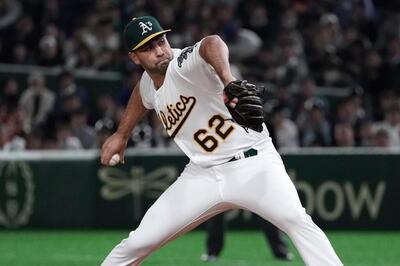
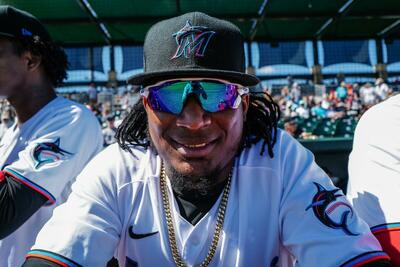
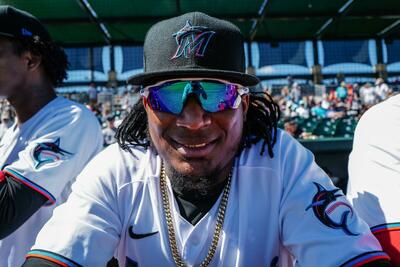
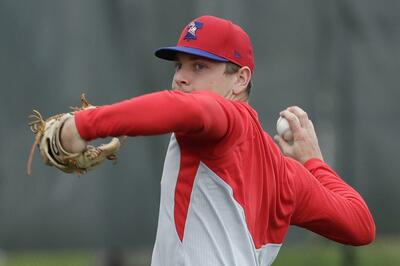
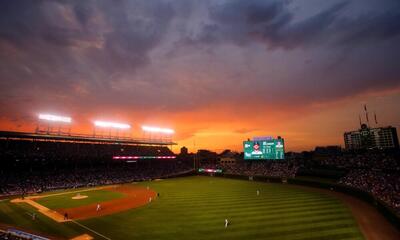
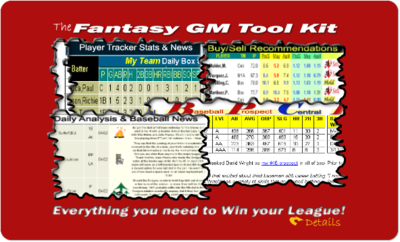
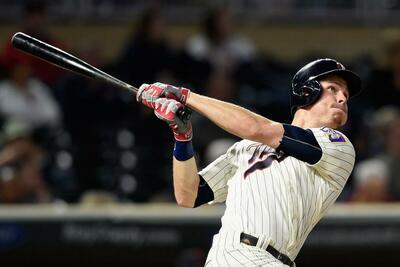
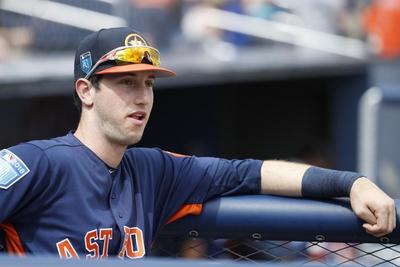
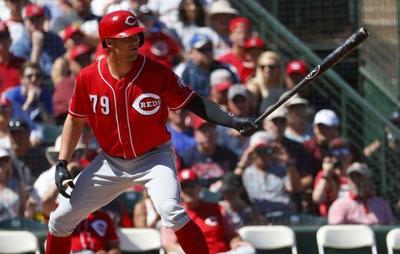
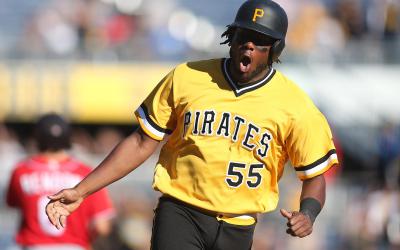









Menachem
Feb 7, 16 at 12:27 AM
Very interesting! I plan on incorporating this into my analysis for this season.